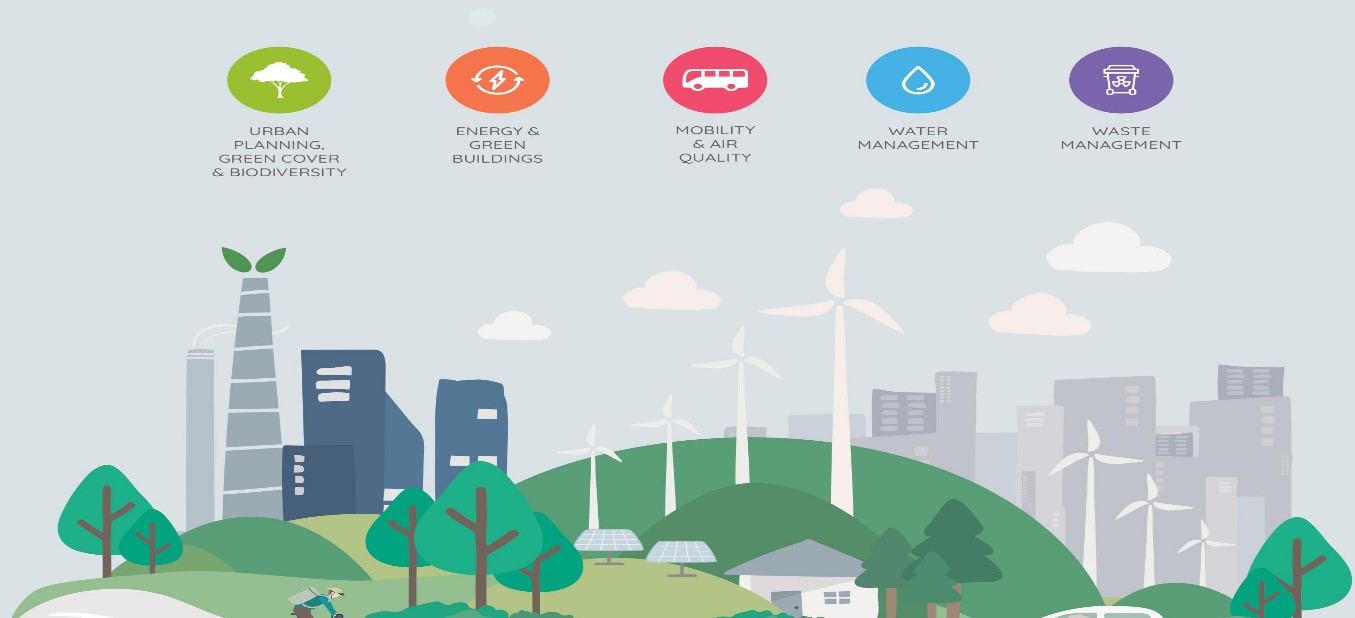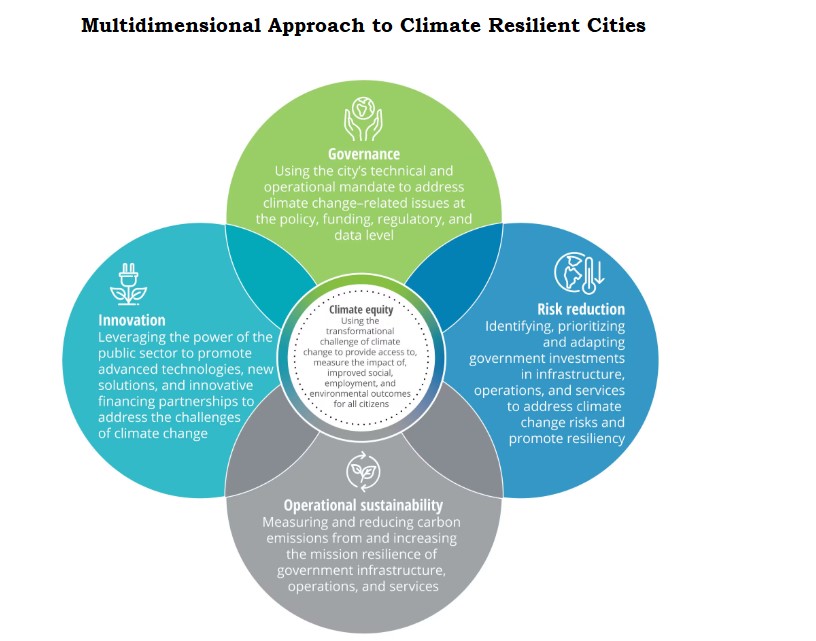7667766266
enquiry@shankarias.in
Mains: GS I - Urbanization, their problems and their remedies
Currently, urban areas are largely exposed to extreme vulnerability to flooding, extreme heat, cyclones, landslides and earthquakes and there is a need to build s climate resilient cities.


The Indian Express| Climate resilient cities